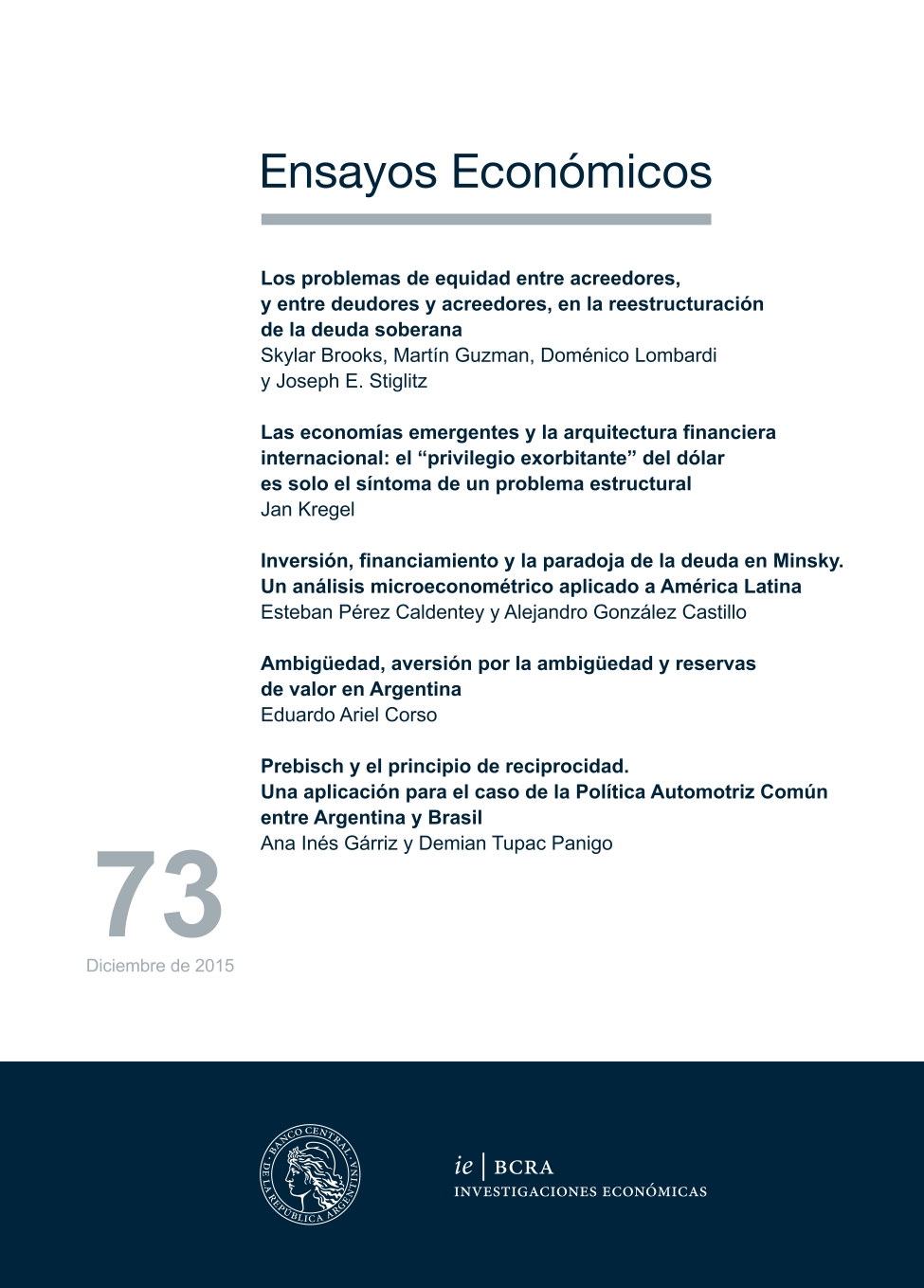Investment, financing and Minsky’s debt Paradox. A Microeconomic Analysis for Latin America
Keywords:
Borrower’s Risk, Lender’s Risk, Paradox Of Debt, Latin AmericaAbstract
Based on the theory of Hyman Minsky’s representative firm, this article adopts a micro-econometric approach to analyze the relationship between the lender´s and borrower´s risk, the level of investment, and the share of own and external funds in financing. the analysis uses a sample of 4.596 companies from 13 countries in Latin America for the years 2005 and 2009, which correspond to two opposing economic contexts (economic boom and contraction, respectively). Results show that in the most basic estimations a higher lender´s risk and borrower´s risk reduce the volume of investment. But, at the same time, the results show evidence in favor of the ‘paradox of debt’, namely, that a higher borrower´s risk increases the likelihood of greater indebtedness and of an increase in the share of external financing of investment. this result is explained on the basis of the macroeconomic relationship between investment and profits, postulated by Minsky at the aggregate level. the contraction in the level of aggregate investment recorded in recession years, like 2009, generates a fall in profits at the macro and microeconomic levels. At the firm level, this reduces the possibility of financing investment with internal funds, increasing the likelihood of relative indebtedness.
JEL classification: E12 ; E44 ; G35




